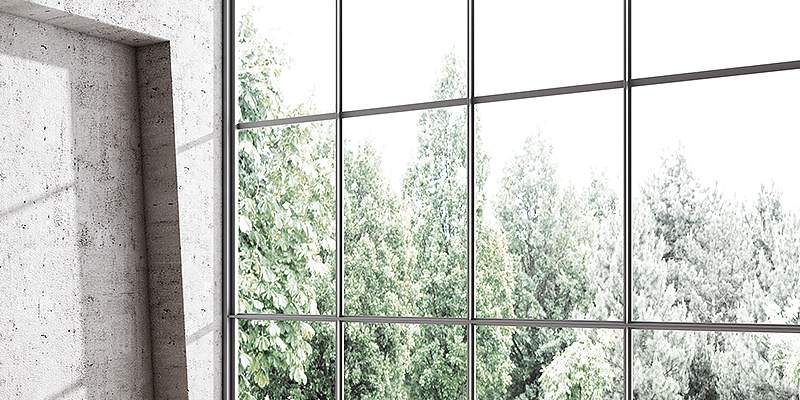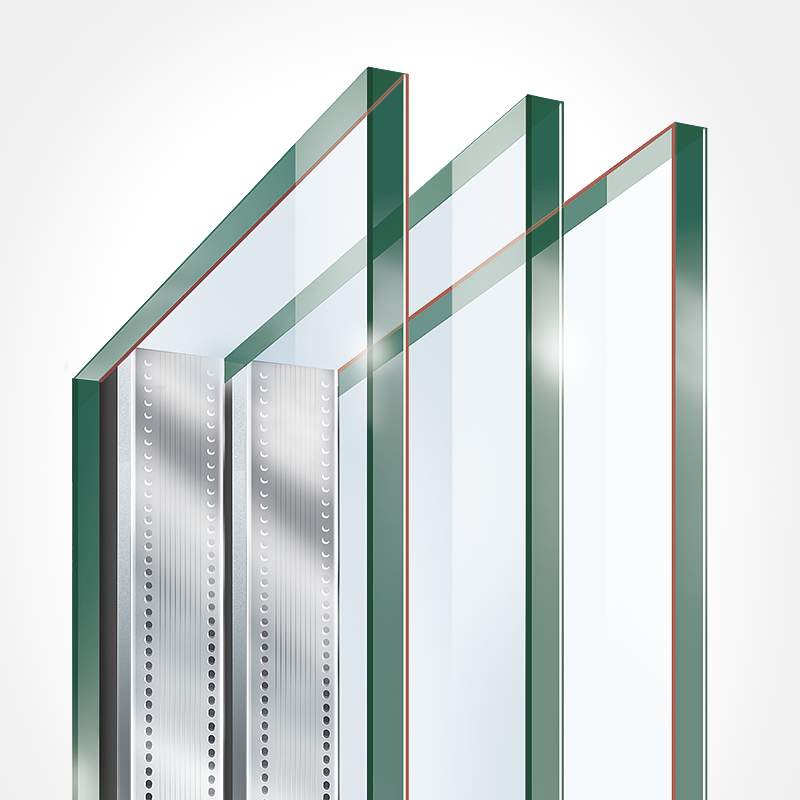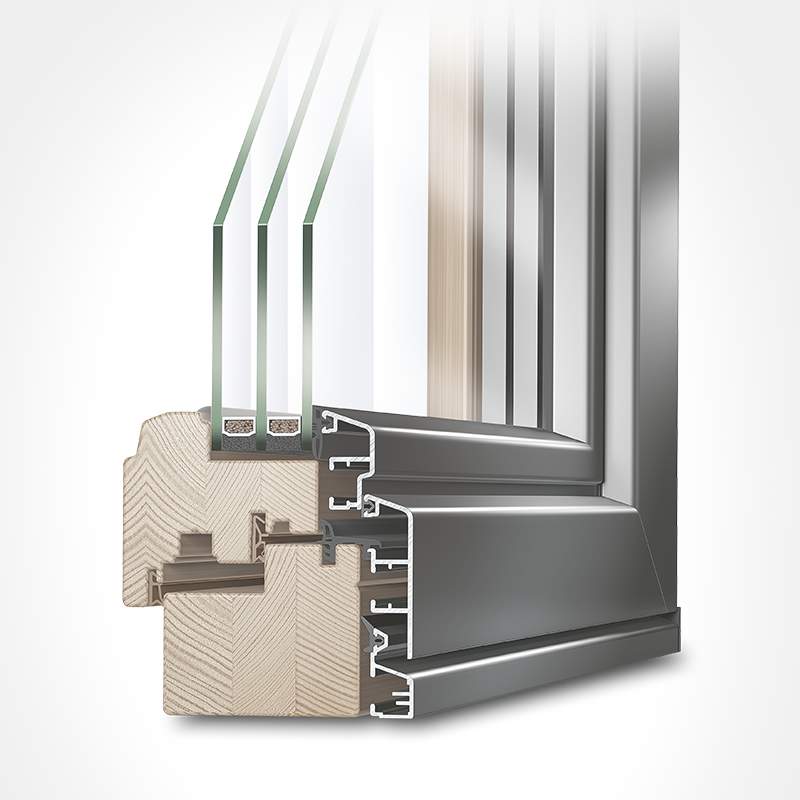Thermal Windows
More Comfort with Less Energy
Whether the thermometer is showing 3 degrees or 38 degrees, your home should remain comfortable and at a constant temperature. Houses are meant to be a shelter from the elements, among other things, and windows and doors can frequently be the weak link. They may be old, single pane, improperly installed or just worn due to age. Nevertheless, the heat loss will cost you both in comfort and energy bills. Thermal windows offer special glazing to improve energy efficiency and ensure a continuously stable interior temperature.
How Do Thermal Windows Work?
Thermal windows are manufactured with a combination of technical features aimed at lowering its Uw-value. This measures the overall thermal transfer from one side of the window to the other and includes both the glass and frame. Design features include:
- Multiple panes of glass (double or triple glazing)
- Special coatings on the glass (e.g. low-e)
- Gas filled air gaps
- Warm edge spacers
- Frames with multiple internal chambers
- Centre sealing systems
- Reducing or eliminating thermal bridges
Replacing old single and double pane windows with modern insulating glass can significantly cut heat loss as well as prevent cold spots around windows. This leads to more consistent room temperatures and can make heaters and vents nearby unnecessary.
Advances in modern manufacturing, machinery and building standards mean today's thermal windows and doors can regularly reach U-values below 1.0 W/m2K. Reducing the transfer of energy from one side to the other applies not just to heat but cold air too. Modern windows, both for new buildings or renovations begin with two or three panes of glass, separated by an air gap. This is similar to wearing several layers of clothing or the design of a thermos to keep beverages warm.
Energy transfer is further prevented by filling these gaps with a noble gas such as argon or krypton, both of which are significantly less conductive than air. Along the edges, a warm edge spacer separates the panes from each other and is also made of a non-conductive material to stop thermal bridging. Special coatings on the glass for solar control can be selected to either reflect heat back inside or outside based on your local climate.




